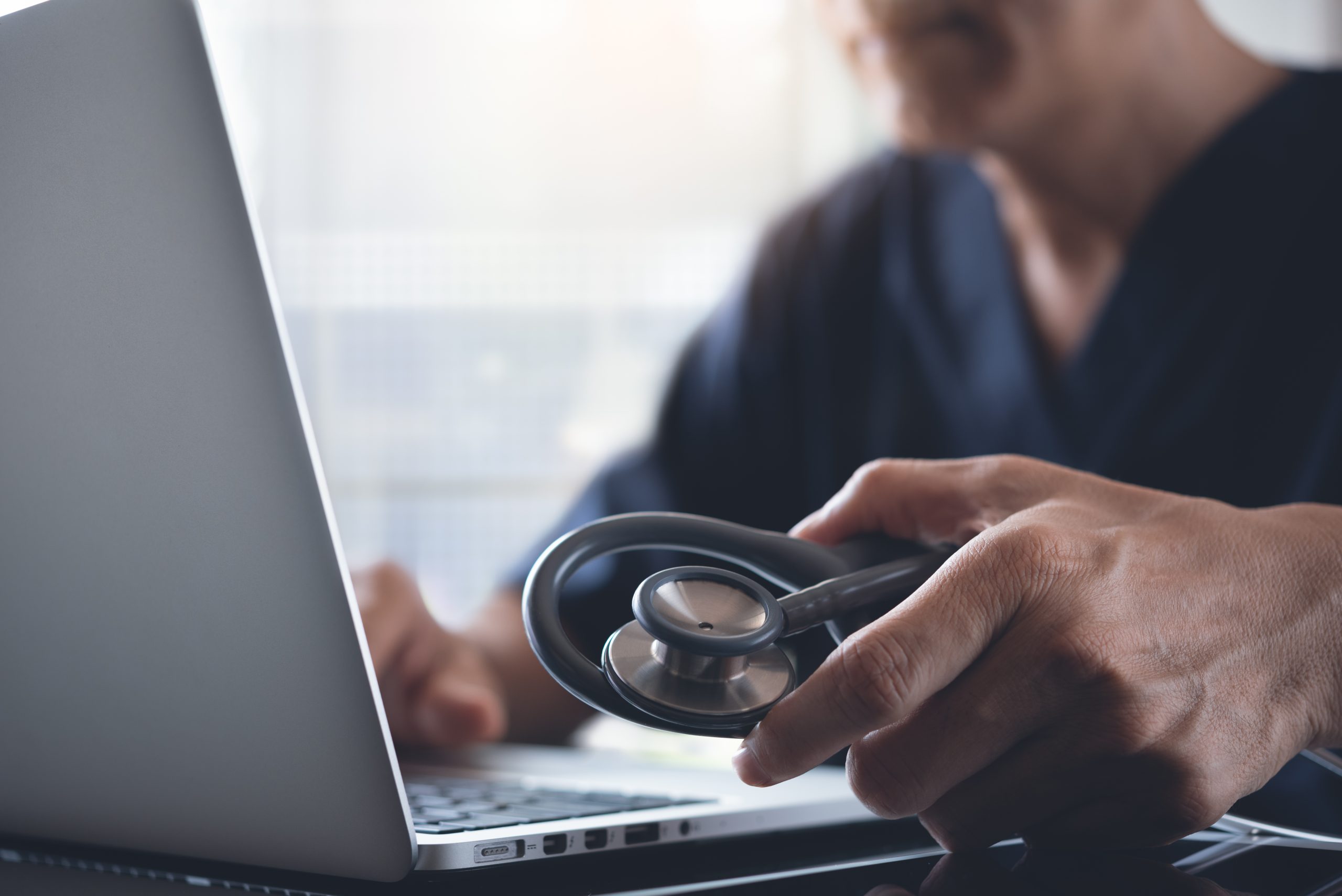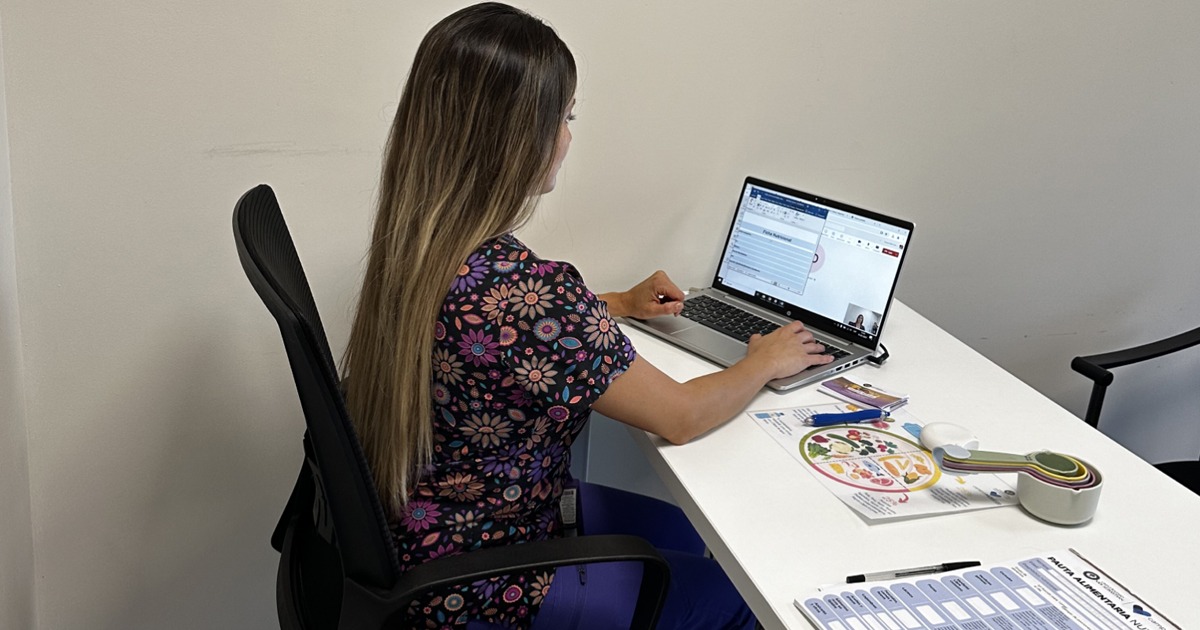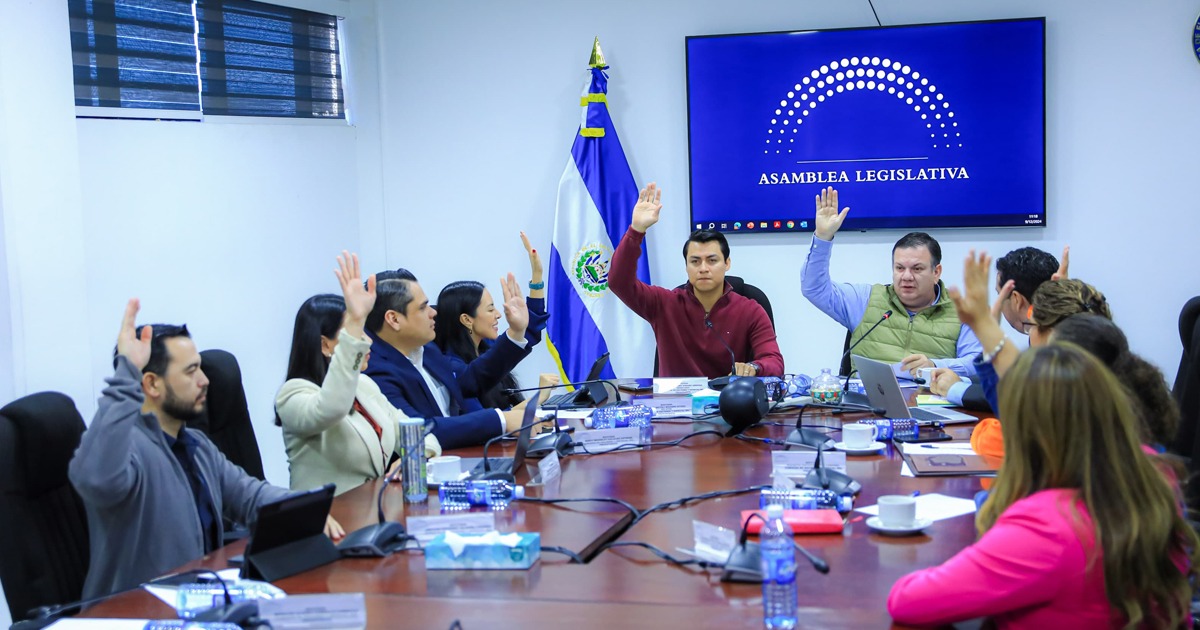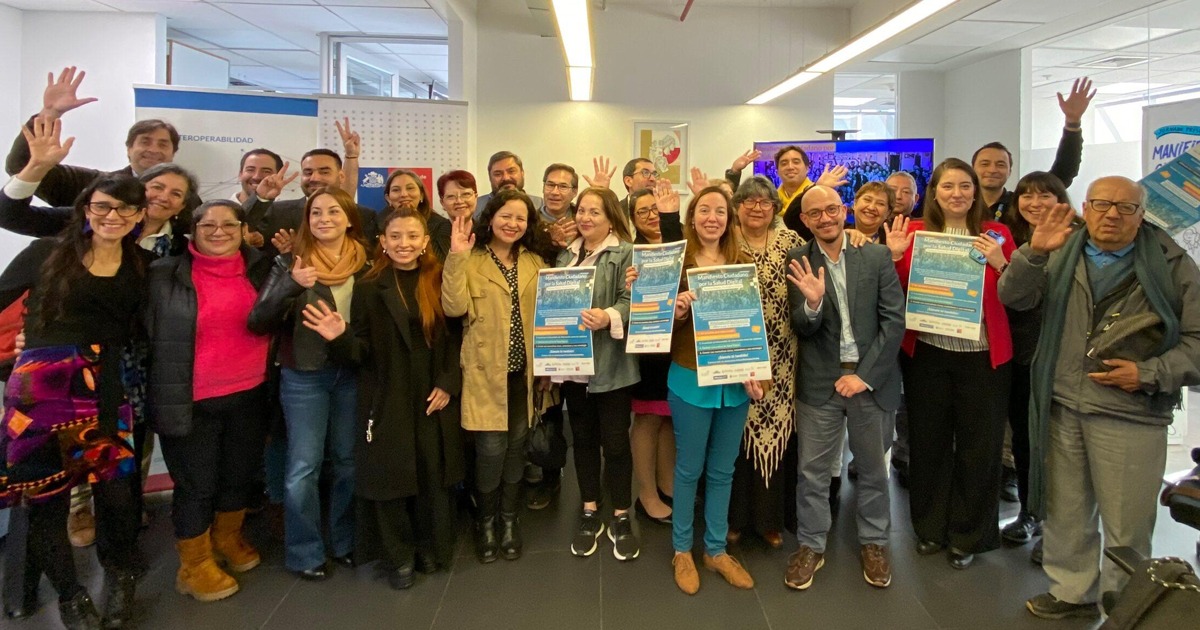The government of the state of Baja California developed a multidisciplinary model in response to the health emergency due to the pandemic, which includes telemedicine and data coordination, and the use of various digital tools.
The Telehealth System was implemented systematically in response to COVID-19, and included a statewide assessment center for SARS-CoV-2. The model is focused on the user and on data from care provided by teleconsultation and that interconnects hospitals, clinics and other medical services.
The project had the participation and joint and coordinated work of the Baja California Ministry of Health, the Computer Command, Communication and Control Center of the Baja California State Attorney General's Office (C4), the Autonomous University of Baja California (UABC), the Colegio de la Frontera Norte (Colef), the University of California at San Diego (UCSD), the Tijuana Institute of Technology (ITT) and the Mexican Red Cross.
In this sense, the implementation of a telemedicine system was largely thanks to the Faculty of Medicine and Psychology (FMP) of the UABC, which since 2016 offers the subject of Telehealth, and in 2017 they carried out a pilot test of ten pediatric consultations from the rural area of San Quintín. Through a mobile telemedicine platform called Telmedx, this trial connected specialists in genetics, neurology, ophthalmology, dermatology and orthopedics with patients in rural areas.
Likewise, another of the tools used during the pandemic was EMS Track, an open source platform developed by engineering specialists at UCSD. EMS Track, "consists of a mobile App for Android designed to be used by ambulance crews and a dispatch system developed as a web application to be used in 911 emergency centers", according to the National Center for Technological Excellence in Health (CENETEC). This system shows in a way the registration of routes, distances traveled, location of calls, response time and more.
In this way, the collected data allowed the generation of information such as historical or predictive analysis, optimization processes, and simulation through mathematical models, which were developed by ITT specialists.
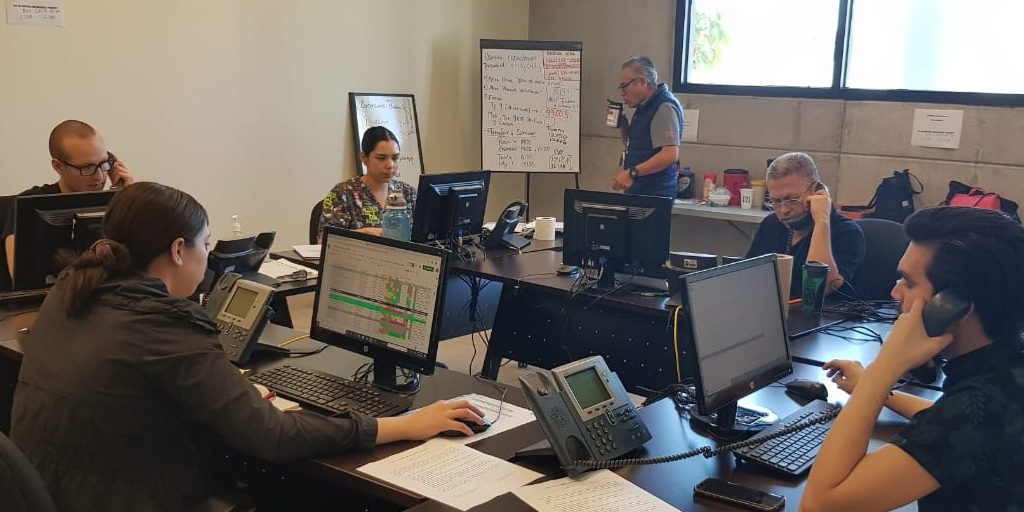
“The COVID-19 Telehealth System is operating within the C4 Tijuana facilities, where its operators receive calls through the single 911 emergency number. The telephone operator captures the necessary information about the situation and the user, transferring the information to the different dependencies that can deal with the incident. Radio operators from different services dispatch their units and adequate resources to attend to the emergency”, explained CENETEC.
The parties involved developed a complex strategy that promoted the use of various technological platforms in response to COVID-19, which were used to monitor patients, identify sources of contagion, and generate information with collected data. The platforms used in the strategy are:
- Centurión Emergency Call Reception and Management System.
- Priority Medical Dispatch System. Provide instructions and advice to emergency operators while professional help arrives.
- Platform for Tracking, Dispatch and Optimization of Prehospital Emergency Services (EMS Track).
- Support Platform for TeleHealth Systems for the follow-up of patients suspected of COVID-19. Developed by the ITT, it consists of a web database to store, view and analyze the records of COVID-19 calls received in the Telehealth System.
- Real Time Data Analysis System. Web platform that allows viewing in real time and based on dynamic searches, incidence maps, tables and graphs of COVID-19 calls, incidents reported to 911 and deaths recorded in the C4 databases.
- Online registration of the Regulatory Center for Medical Emergencies (CRUM-BC).
- Analysis System for High Vulnerability Areas. COLEF and the FMP identified areas of high vulnerability by performing an analysis of the location of the calls received in the Telehealth system.
- Telmedx and LAN telemedicine platforms.
Between April 1, 2020 and November 30, 2021, the Telehealth System has managed 22 thousand 364 telephone calls. In addition, they made 11,721 follow-up calls to patients in quarantine, providing medical and/or psychological guidance.
Likewise, they received 10 thousand 643 calls that were transferred from the 911 system, of which 3 thousand 964 were calls from patients with respiratory symptoms that required urgent ambulance dispatch. The coordination of this strategy achieved savings in ambulance shipments of more than 5 million pesos, which was vital to take advantage of the resources available in the state.
Learn more about this important strategy at the following link: https://cenetec-difusion.com/observatoriotelesalud/2022/01/05/telemedicina-y-coordinacion-de-datos-para-el-sars-cov-2-en-baja-california/
